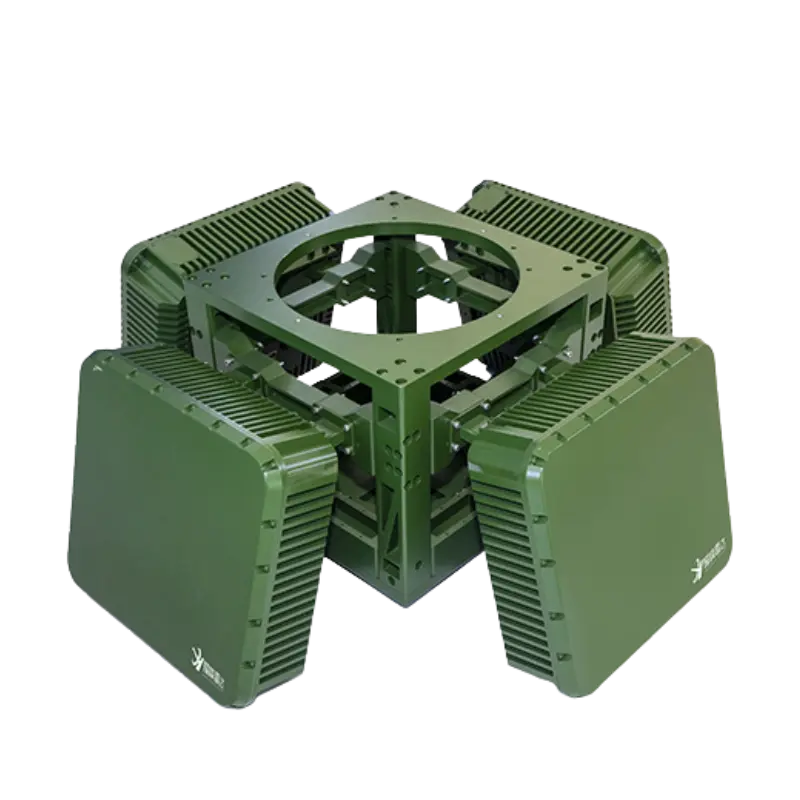Power plants are high-value targets for unauthorized drones, posing risks like espionage, sabotage, or accidental collisions. Effective anti-drone solutions for power plants must detect, track, and neutralize rogue drones while minimizing disruption to operations. This article explores cutting-edge counter-drone technologies tailored for power facilities.
Why Power Plants Need Anti-Drone Systems
Drones threaten power plants in multiple ways:
- Surveillance: Collect sensitive data on infrastructure layouts.
- Physical Attacks: Deliver explosives or disrupt equipment.
- Accidents: Collisions with transformers or transmission lines.
Regulatory bodies like the FAA and DHS recommend proactive countermeasures.
Top Anti-Drone Solutions for Power Plants
1. RF Detection & Jamming
Systems like DroneShield’s RfOne detect drone signals (2.4GHz/5.8GHz) and jam control links, forcing landings. Ideal for perimeter security.
2. Radar & Electro-Optical Tracking
- Radar: Echodyne’s EchoGuard detects drones up to 3 km away.
- Thermal Cameras: FLIR systems identify drones at night or in fog.
Pulse Doppler Drone Airborne Radar | YFR-04 Pulse Doppler X/Ka/Ku Band
Original price was: $9,299.$129,999
YFR-04 is a phase-scanning pulse doppler drone airborne radar that used for complex urban environment detection, single-soldier battlefield monitoring
3. Drone Capture Nets
Skynet’s net-launching interceptors physically capture drones without kinetic damage—perfect for crowded substations.
4. GPS Spoofing
Devices like Hensoldt’s Plocan mimic GPS signals to redirect drones to safe zones.
5. Layered Defense Systems
Combining AI-powered software (e.g., Dedrone) with hardware creates a robust shield.
Implementation Best Practices
1. Risk Assessment: Identify vulnerable zones (e.g., cooling towers).
2. Integration: Sync anti-drone systems with existing CCTV/SCADA networks.
3. Training: Staff must distinguish between authorized and rogue drones.
Deploying anti-drone solutions for power plants requires compliance with local laws (e.g., FCC Part 15 for jammers). Partner with firms like WhiteFox Defense for legal tech solutions.
Protecting power plants demands a mix of detection, disruption, and physical interception. Investing in scalable anti-drone solutions ensures compliance and operational continuity.
For more insights, visit Dedrone’s resource hub or DroneShield’s case studies.

